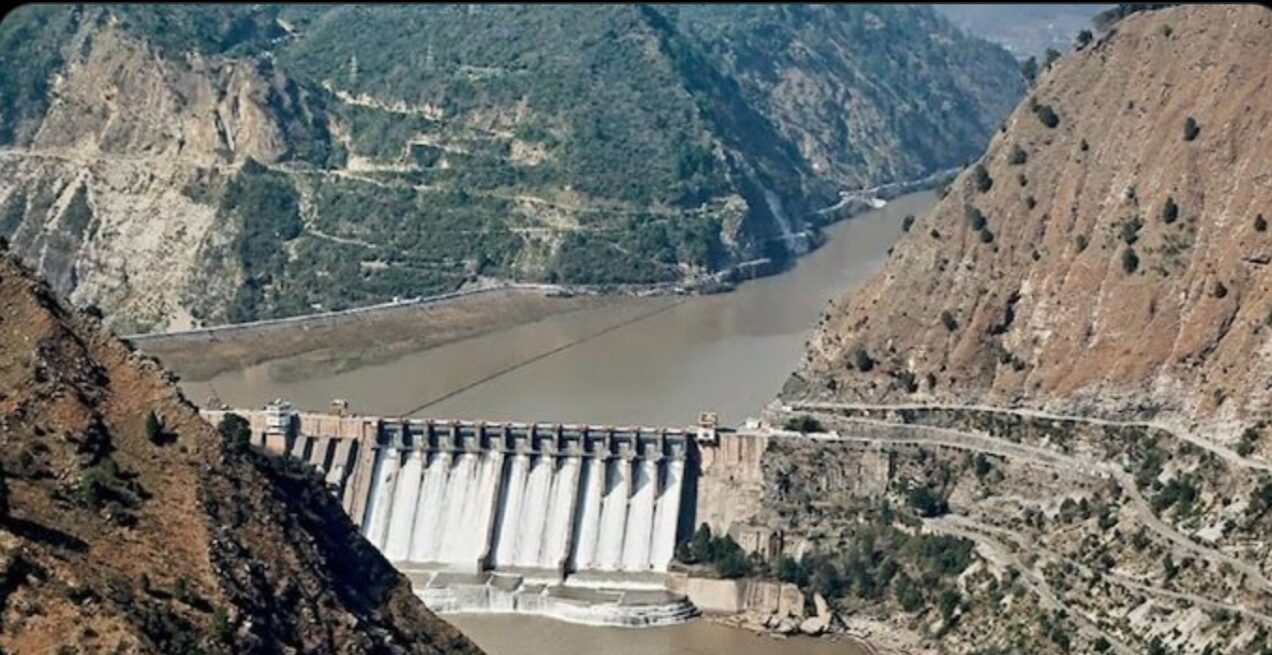China has approved a plan to build the world’s biggest dam on the Brahmaputra River, close to the border with India, at a cost of $137 billion
China’s $137 Billion Plan for the World’s Biggest Dam on the Brahmaputra River: Implications for India and Regional Stability
In a move that has raised eyebrows across the region, China has approved a monumental plan to construct the world’s largest dam on the Brahmaputra River. Located close to the border with India, this ambitious project is set to cost an estimated $137 billion and could have significant geopolitical, environmental, and economic implications for the surrounding areas.
The Brahmaputra River, one of the largest and most important rivers in Asia, flows through China, India, and Bangladesh, providing water to millions of people. It is vital not only for agriculture and drinking water but also for the overall ecological balance in the region. The proposed dam, often referred to as the “Great Dam” in China, is expected to have far-reaching consequences, especially for India, which shares a deep connection to the river.
The Significance of the Brahmaputra River
The Brahmaputra River has long been a key resource for India, especially in the northeastern states like Assam, where it supports agriculture, hydropower, and livelihoods. It originates in Tibet, where it is known as the Yarlung Tsangpo, before flowing into India and Bangladesh. Along its path, the river supports vast ecosystems and provides freshwater to a population of over 300 million people in the region. For India, the Brahmaputra holds immense strategic, cultural, and economic importance.
China’s proposed dam, which is located near the Tibetan region, just a few hundred kilometers from the Indian border, has the potential to significantly affect the flow of the river downstream. With India relying heavily on the water from the Brahmaputra for irrigation, hydropower, and drinking, any disruption to this crucial water source could have devastating consequences.
What We Know About the Mega-Dam Project
The Chinese government’s ambitious plans for the dam have been in the works for several years, and the recent approval marks a significant step forward. The dam is set to be built on the Yarlung Tsangpo River, just upstream of the point where the river enters India. At an estimated cost of $137 billion, this project will dwarf existing dams in size and scale.
Reports suggest that the dam will not only generate vast amounts of hydroelectric power for China but also be used to regulate the river’s flow, helping the country manage water resources in its southwestern regions. The dam will be able to generate thousands of megawatts of power, making it one of the most powerful hydroelectric plants in the world. China’s stated goal is to create a sustainable energy supply for its growing population and economy, particularly in the southwestern provinces.
However, there are growing concerns in India and downstream countries about the potential environmental and economic impacts. India, in particular, has expressed unease about the project, fearing that it could lead to water scarcity, disrupt agricultural practices, and even increase flood risks in the region.
India’s Concerns: Strategic and Environmental Risks
India’s primary concern is the potential for China to alter the natural flow of the Brahmaputra River. The construction of such a massive dam could allow China to control the amount of water flowing downstream, which could be used as a strategic lever in the event of a political dispute. This could lead to a reduction in water availability for India during critical agricultural seasons, especially in states like Assam and Arunachal Pradesh, which rely on the Brahmaputra for irrigation.
In addition to water scarcity concerns, India is worried about the potential for China to use the dam as a weapon in future conflicts. China has been involved in several territorial disputes with India, most notably over the disputed region of Aksai Chin and Arunachal Pradesh. The construction of the dam in such close proximity to the Indian border could exacerbate tensions between the two countries, already strained by their ongoing border disputes.
Environmental risks also pose a significant threat. The Brahmaputra River supports a diverse ecosystem, including floodplains that are crucial for agriculture, fisheries, and biodiversity. If the dam reduces water flow or alters seasonal flooding patterns, it could have catastrophic effects on the livelihoods of millions of people living along the river’s banks in India and Bangladesh. Furthermore, the disruption of river sedimentation could lead to long-term ecological damage, affecting not just India but also Bangladesh, which lies at the river’s mouth.
China’s Justification and Diplomatic Maneuvers
China has defended the project as necessary for meeting its growing energy demands, particularly in the southwestern region, which is home to some of the country’s most important natural resources. The dam is also seen as part of China’s broader push to modernize its energy infrastructure and reduce its reliance on coal and other fossil fuels. The hydroelectric plant will help China meet its ambitious renewable energy goals while providing a reliable source of power for its developing provinces.
Furthermore, Beijing argues that the dam will help control floods, improve water storage capabilities, and ensure more efficient management of water resources in the region. The Chinese government has stated that it intends to work with downstream countries, including India and Bangladesh, to ensure that the project does not disrupt their water supplies. However, India has been critical of China’s lack of transparency and consultation on the project, and the absence of formal agreements or information sharing has fueled distrust in the region.
China has also offered to cooperate with India and Bangladesh on water management initiatives, but given the sensitive nature of the Brahmaputra River, India has remained cautious about Beijing’s intentions. The Chinese government has offered reassurances that the dam will not cause harm to the lower riparian countries, but there are concerns that Beijing may not fully live up to these promises, especially if it perceives national security interests as being at stake.
Regional Implications: A Diplomatic Challenge for China
The mega-dam project is likely to become a diplomatic flashpoint not only between China and India but also in the broader context of regional politics. For decades, India and China have been engaged in a delicate balancing act over shared river resources. The Brahmaputra, like many of Asia’s major rivers, flows through multiple countries, and cooperation is essential to ensuring sustainable water management and mitigating the risks of conflict.
As the world’s most populous countries and two emerging superpowers, China and India have a shared interest in maintaining peace and stability in the region. However, competition for resources and strategic influence has often resulted in tensions. The Brahmaputra River project risks intensifying these tensions, particularly if China begins to unilaterally alter the flow of the river without proper consultation with its neighbors.
Bangladesh, which also relies on the Brahmaputra (known as the Jamuna in Bangladesh) for water, will also be impacted by any changes in water flow. Although the country has not been as vocal as India in its opposition, it is likely to express concerns about the dam’s potential effects on its agricultural output and flood management efforts.
The Path Forward: Negotiation and Cooperation
The construction of the world’s largest dam on the Brahmaputra River is an unprecedented move that could reshape water politics in South Asia for decades to come. While China is determined to press ahead with its ambitious project, the path forward will require careful negotiation and cooperation between China, India, and Bangladesh. The three countries will need to work together to establish transparent mechanisms for managing the river’s resources, ensuring that the environmental and economic impacts of the dam are carefully considered.
For India, the challenge will be to balance its strategic concerns with the need for peaceful diplomacy. While it has the right to protect its water resources, India will need to engage with China and Bangladesh to find common ground and ensure the sustainable management of the Brahmaputra River. Diplomatic efforts and international support will be critical in mitigating the potential risks and ensuring that the region’s people continue to benefit from this vital water source.
In conclusion, China’s approval of the $137 billion mega-dam project on the Brahmaputra River marks a significant shift in the dynamics of the region. As the world’s largest infrastructure project on a transnational river, it raises profound questions about water security, regional cooperation, and the geopolitics of resource management in South Asia. The coming months and years will likely see intense diplomatic negotiations as the countries along the Brahmaputra seek to navigate the complex challenges posed by this massive new dam.

















Post Comment